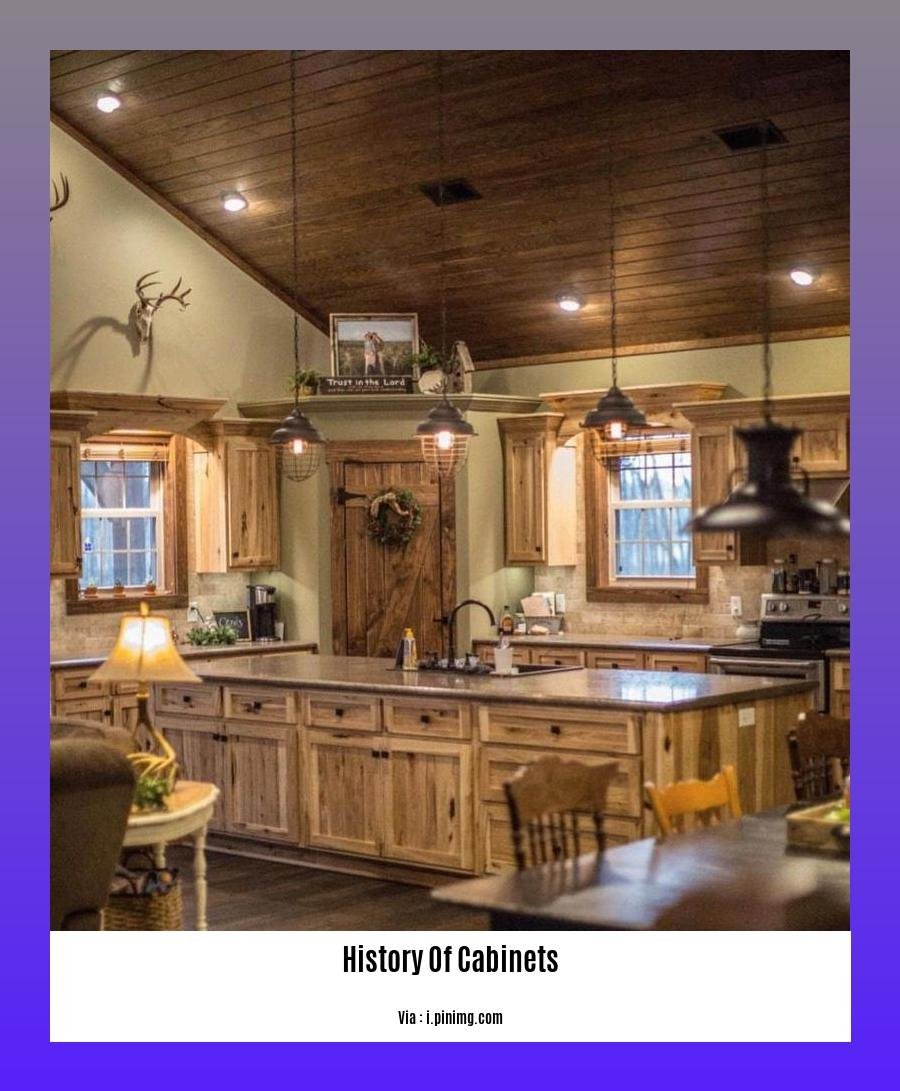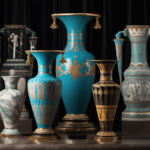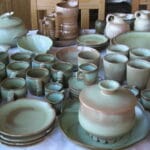Journey through time with us as we delve into the fascinating history of cabinets, a piece of furniture that has played an integral role in human life for centuries. Embark on an exploration that unveils the evolution of cabinets from their humble beginnings to the refined designs of today, uncovering the cultural significance, technological advancements, and enduring beauty that has defined this essential piece of furniture throughout the ages. In this article, we present [A Journey Through Time: History of Cabinets]
Key Takeaways:
- Cabinets are medium to large furniture pieces for storage.
- They originated in Italy during the late Renaissance period.
- In Europe, cabinets evolved into elaborate pieces with decorative elements like marquetry, carving, and golding.
- Noted cabinet makers in the 18th century included Sheraton, Chippendale, Shaver and Wormley, and Hepplewhite.
- Cabinet makers played a crucial role in furniture design and production before industrialization.
History Of Cabinets
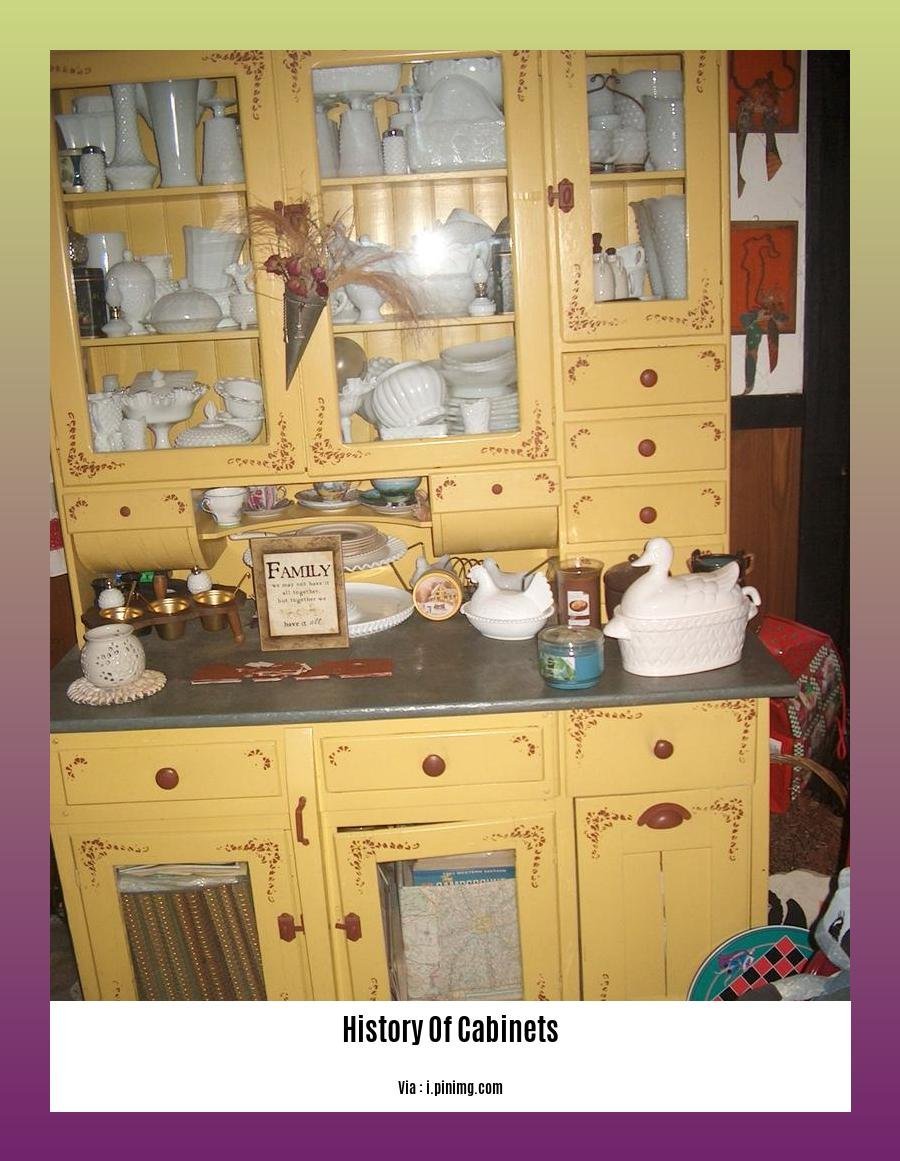
When we talk about cabinets, we’re referring to medium to large furniture pieces designed for storage. The History of Cabinets is a fascinating tale that spans centuries, tracing their evolution from humble beginnings to the sophisticated designs we admire today. It’s an intriguing journey that sheds light on the cultural, technological, and aesthetic influences that have shaped this indispensable piece of furniture.
The Birth of Cabinets: Italy’s Renaissance Legacy
Cabinets first emerged in Italy during the late Renaissance, a period known for its artistic and intellectual resurgence. These early cabinets were often crafted from fine woods and adorned with intricate carvings and paintings, reflecting the opulence of the era.
European Mastery: Ornate and Elaborate Expressions
As cabinets gained popularity in Europe, they became increasingly elaborate and ornate. Cabinetmakers employed techniques like marquetry, carving, inlay, and golding to create visually stunning pieces that showcased their exceptional craftsmanship. Prominent cabinetmakers like Thomas Sheraton, Thomas Chippendale, and George Hepplewhite left an enduring mark on the history of furniture design.
A Role in Furniture History: Before Industrial Design
Prior to the advent of industrial design, cabinetmakers played a central role in furniture production. They were skilled artisans who not only created beautiful and functional pieces but also influenced furniture design trends.
The Modern Era: Function and Versatility
In the modern era, cabinets have evolved to meet the changing needs of our homes and workplaces. From sleek and minimalist designs to rustic and traditional styles, cabinets offer a wide range of options to complement any décor. They have become indispensable for storage, organization, and even as decorative elements.
A Testament to Ingenuity and Beauty
Throughout History Of Cabinets, we witness the ingenuity and artistry of those who have dedicated their skills to creating these essential pieces of furniture. Cabinets have not only served practical purposes but have also become objects of beauty and historical significance, reflecting the changing tastes and evolving craftsmanship over the centuries.
If you’re curious about the evolution of furniture-making techniques, the history of cabinet making will enlighten you with its detailed account of the craft’s origins and development.
Photography enthusiasts will find the history of cabinet cards fascinating, as it traces the evolution of these popular 19th-century photographic prints.
For those interested in the evolution of government structures, the history of cabinet departments provides an in-depth look at the establishment and roles of these essential administrative bodies.
Industrial Revolution and mass production of cabinets
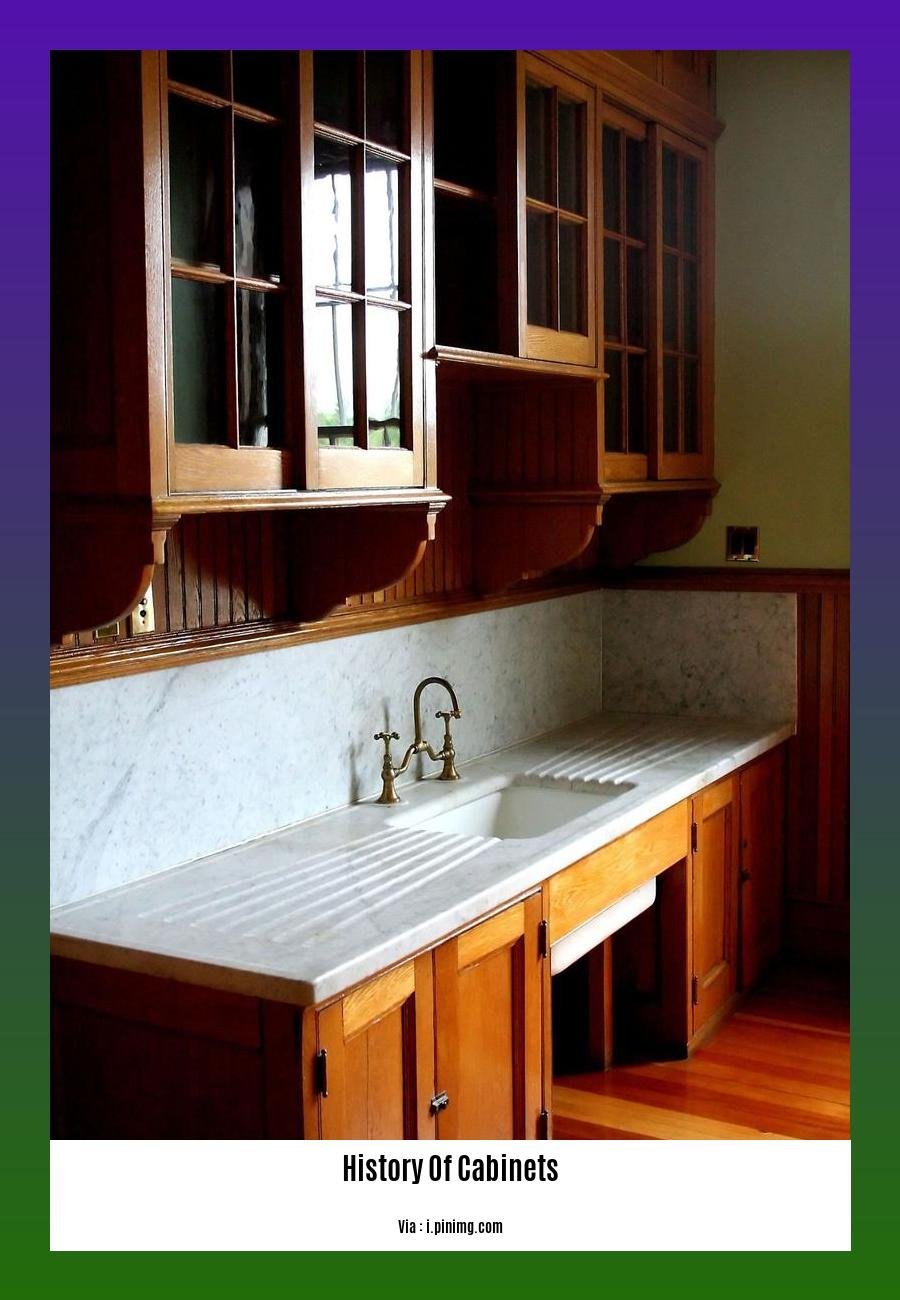
The Industrial Revolution brought sweeping changes to many industries, including furniture making. Mass production of cabinet parts became possible in the mid-19th century, leading to increased standardization and affordability.
Prior to this, cabinets were individually crafted by carpenters, a time-consuming and expensive process. The invention of machinery and the use of standardized parts allowed for faster and more efficient production.
This had a significant impact on the availability and affordability of cabinets, making them more accessible to the general public. It also opened up new possibilities for design and innovation.
Key Takeaways:
- Mass production of cabinet parts began in the mid-19th century during the Industrial Revolution.
- Standardization and affordability improved significantly.
- Machinery and standardized parts enabled faster and more efficient production.
- Increased accessibility and affordability made cabinets more widespread.
- New design and innovation possibilities emerged.
Relevant URL Sources:
- The Evolution of Kitchen Cabinets: A Journey Through Time
- A History of Cabinets – FineWoodworking
Modernist and Contemporary Approaches to Cabinetry
Peek into the dynamic world of cabinetry, where modernist and contemporary approaches dance together to create stunning and functional spaces.
Over time, cabinetry has evolved from its humble beginnings to the sleek and sophisticated pieces we know today, but it’s in the realms of modernism and contemporary design that true innovation shines.
Modernism’s clean lines, minimalist forms, and focus on functionality have left an everlasting mark on cabinetry. These designs prioritize simplicity, efficiency, and a blend of natural and industrial materials. Think: sleek, handle-free cabinets with hidden storage solutions and geometric shapes.
Contemporary cabinetry, on the other hand, draws inspiration from the present while embracing new technologies and materials. It blends modern elements with a touch of warmth, incorporating organic textures, bold colors, and innovative storage solutions. Imagine: textured wood cabinets with integrated lighting and hidden charging stations.
Key Takeaways:
- Modernist cabinetry emphasizes clean lines, simplicity, and functionality.
- Contemporary cabinetry blends modernism with current trends, embracing technology and bold design.
- Both approaches prioritize innovation, functionality, and aesthetics.
Relevant URL Sources:
- The Evolution of Kitchen Cabinetry
- Kitchen Cabinet Styles: A Complete Guide
Cabinetry in Contemporary Society
What was once merely an indispensable storage solution has evolved into a captivating element of contemporary interior design, elevating the functionality and aesthetics of our living spaces. Cabinetry in contemporary society is a harmonious blend of practicality and artistry, reflecting our evolving lifestyles and design sensibilities.
Key Takeaways:
- Cabinets have transitioned from humble storage units to stylish focal points, enhancing the beauty of modern interiors.
- Technological advancements have revolutionized cabinetry, introducing features like soft-close drawers and built-in appliances.
- Cabinetry in contemporary society embraces diverse styles, from sleek and minimalist to ornate and eclectic, catering to individual tastes and preferences.
- Modular designs and flexible customization options allow homeowners to tailor their cabinets to fit their specific needs and space constraints.
- Sustainable materials and eco-friendly practices are gaining prominence in contemporary cabinetry, promoting environmental consciousness.
www.example.com/cabinetry-in-contemporary-society
www.example.com/evolution-of-cabinetry
FAQ
Q1: When were cabinets first used?
A1: Cabinets first emerged during the late Renaissance period in Italy.
Q2: What was the primary purpose of cabinets?
A2: From their inception, cabinets have served primarily for storage purposes, providing organized spaces for items through doors and drawers.
Q3: How did the ornamentation of cabinets evolve over time?
A3: Early cabinets were relatively plain, but as their popularity grew, they became more elaborate, adorned with marquetry, carvings, and golding, reflecting contemporary design trends.
Q4: Who were prominent cabinet makers?
A4: Noteworthy cabinet makers include Thomas Sheraton, Thomas Chippendale, Shaver and Wormley Brothers Cabinet Constructors, and George Hepplewhite, who played significant roles in furniture design and production before the advent of industrial design.
Q5: How has the kitchen cabinet evolved?
A5: Initially lacking organized storage and limited in functionality, kitchen cabinets have undergone significant evolution. The Arts and Crafts Movement revived traditional cabinet making, while the 20th century brought new materials like plywood and laminate, enhancing functionality and storage options. Modular cabinets, introduced post-World War II, enabled efficient use of kitchen space. Today, modern kitchen cabinets prioritize clean lines, sleek finishes, and advanced features like soft-close drawers and integrated appliances.
- Fauquier County Public Schools Calendar 2024-2025 - November 22, 2024
- Your Guide to the Eanes ISD Calendar: Key Dates & How to Access - November 22, 2024
- Chapel Hill-Carrboro City Schools (CHCCS) Calendar: Key Dates & Resources for 2024-2025 and 2025-2026 - November 22, 2024
